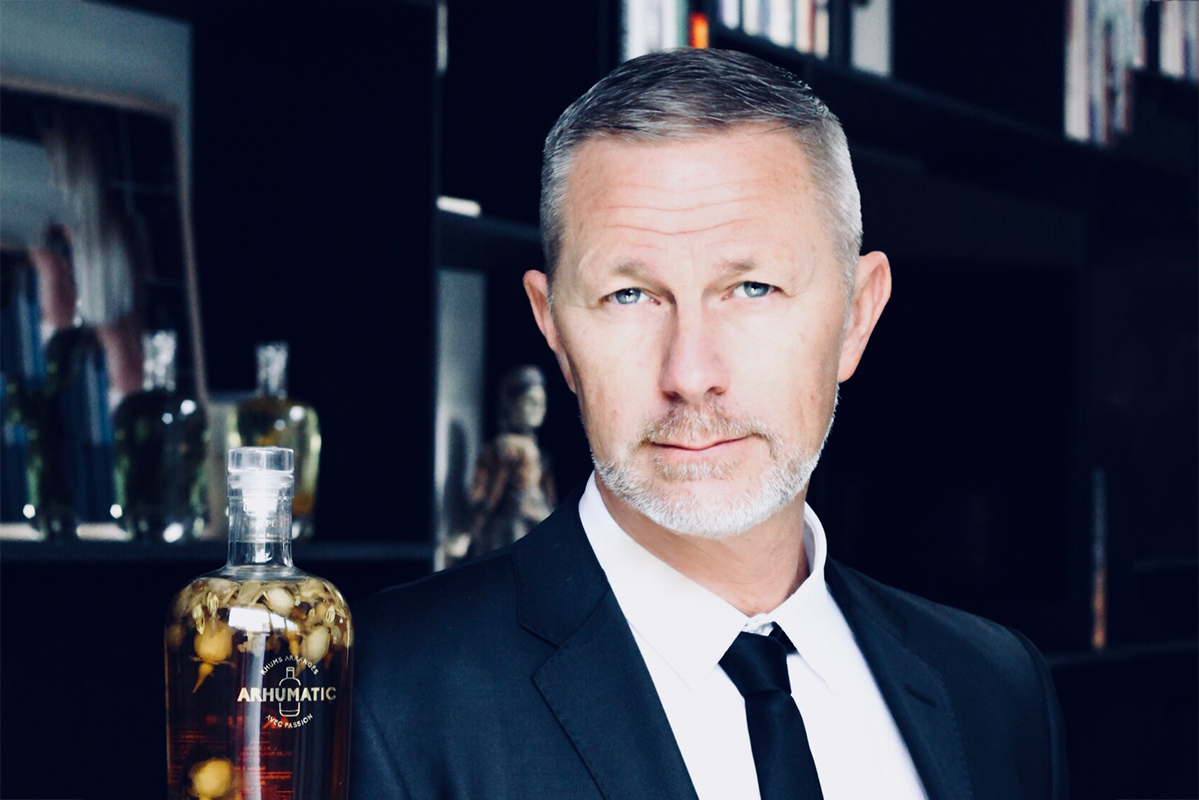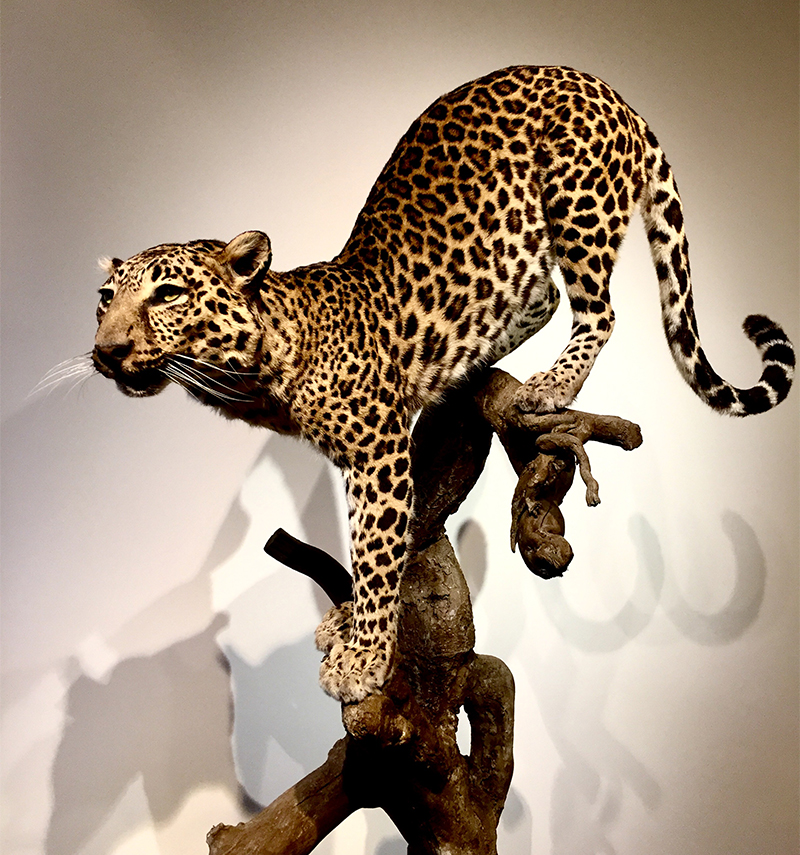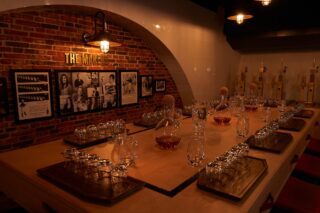This website uses cookies so that we can provide you with the best user experience possible. Cookie information is stored in your browser and performs functions such as recognising you when you return to our website and helping our team to understand which sections of the website you find most interesting and useful.
How MUSEOM is supporting wildlife conservation through taxidermy
By Michelle Johnson | 27 April 2018 | Culture
MUSEOM’s Gonzague Vanoverberghe says our most vulnerable species can turn back the clock on extinction

When naturalisation expert Gonzague Vanoverberghe founded MUSEOM, he hoped to combine the worlds of taxidermy and wildlife conservation in order to turn back the clock on extinction. It doesn't exactly sound like a marriage made in philanthropic heaven – in fact, taxidermy is more usually viewed as an antidote to wildlife protection. An old-fashioned curiosity that evokes images of Psycho's Norman Bates rather than sustained conservation.
But MUSEOM's approach lies in its partnership with the Ministry of the Environment, national zoos and animal sanctuaries, with which it works to naturalise rare species for scientific museums such as London's V&A and private clients and, through sales, raises vital funds for organisations such as Munich Zoo Hellabrunn's Conservation Centre and WWF.
MUSEOM specialises in devotedly naturalising rare species to be as lifelike as possible, preserving their "eternal beauty" in a respectful manner using a sustainable polyurethane form. The company's own strict rules based on the Washington Convention ensure that only animal in captivity that died from natural causes (old age) are selected, and those animals loaned to events or fashion photoshoots are available on the condition that donations or awareness is raised for their affiliated charities.
"We are very proud to give these animals a second life after they have died of old age in zoos," Vanoverberghe tells Tempus. "We ensure that part of the money from any sale is invested back into positive causes – such as transporting animals for reproduction, which can help endangered species – and would never accept an animal that has been killed by poaching. In fact, it's illegal to sell an animal killed through hunting. >>

"All our animals have legal documents validated by the Ministry of Environment, and are equipped with a microchip that ensures their legal provenance and traceability," he says, adding that many of their specimens are in museums such as the V&A. "The species people can see in Museums of Natural History are meant to inform them about the declining numbers in the wild. Some generous donators can help museums to acquire rare naturalised animals for all to see."
MUSEOM also arranges seminars and conferences to encourage young people to get involved in animal welfare. "We want to highlight this cause in general, and the visibility of animals preserved by our taxidermy does encourage discussion about the welfare of species on our planet. It really does inspire passionate interest, and we hope it helps us to inform the maximum amount of people about actual ways to prevent animals from extinction.
"For more than 10 years we've been raising donate to Munich Zoo Hellabrunn's Conservation Centre. The zoo is completely devoted to the animal cause and puts a lot together to protect endangered species worldwide," Vanoverberghe says. "I'm also thrilled to work with the Tempus Earth Conservation Gala at the Dorchester in May, in aid of WWF. It's a great opportunity to spread the word. One of my rarest cats – an Amur Leopard – will be displayed. I hope that it's the first of many!"
Find out more about The Tempus Earth Conservation Gala and book your tickets here







